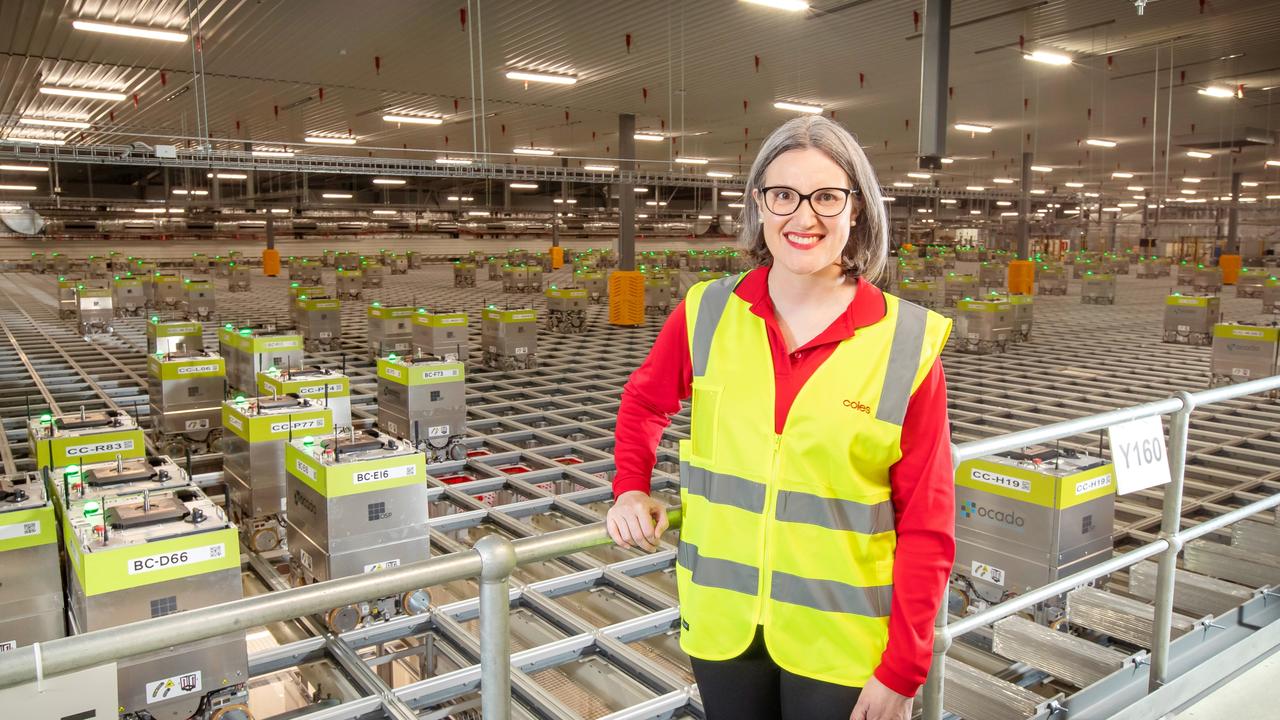How inflation could hit your mortgage sooner than expected
The days of ultra cheap home loans are well and truly over, as the banks and regulators are getting in ahead of it.

Business
Don't miss out on the headlines from Business. Followed categories will be added to My News.
The Reserve Bank is sticking – for the moment – with its promise not to raise its official interest rate away from zero until early 2024.
But don’t be surprised if it has to rethink and rethink very suddenly and uncomfortably over the next few months.
Certainly, the days of ultra-cheap home loans are well and truly over, as the banks – and the prudential regulator APRA – are getting in ahead of it.
The banks are doing so by raising especially the rates on their fixed-rate term loans.
APRA obviously doesn’t have any direct control over the rates the banks charge, but by demanding banks impose bigger buffers for borrowers, it’s acting like an indirect rate rise.
But clearly, what would really drive higher home loan interest rates – and reduce the size of loans available to borrowers – would be a decision by the RBA to raise its official rate.
Inflation is clearly accelerating right around the world. New Zealand’s Reserve Bank broke ranks and doubled its official rate – true, from 0.25 per cent to 0.5 per cent.
So why is the RBA still ‘confident’ it won’t have to raise – indeed, that it won’t want to raise – for at least another two years-plus?
The answer is a combination of two things.
First, what’s driving rising inflation everywhere else in the world – surging energy prices, supply chain problems and stirring wage pressures – aren’t happening to any significant impact in Australia. At least, that is, so far.
Yes, petrol prices have risen sharply and that’s hurt both consumers and business. But that is yet to flow into significantly higher prices to consumers on other goods and services.
Wages all on their own is the second big factor behind the RBA’s thinking.
The RBA does not believe we can get serious and more importantly, sustained inflation pressures until and unless wages growth accelerates sharply.
That’s the great and really threatening inflation spiral: higher inflation sparks higher wages sparks higher inflation sparks yet higher wages sparks…..
We are not seeing that – again, yet – in Australia.
This makes the next CPI inflation number that comes out on Wednesday crucial but not critical.
Like the jobless numbers, the inflation data has been badly distorted by all the disruptions of the past two years.
When the whole economy was in lockdown in the June quarter last year, inflation actually went negative. Prices across the economy actually fell by a completely unprecedented 1.9 per cent.
When the whole economy, except for Victoria, came out of lockdown in the September quarter, prices promptly leapt 1.6 per cent in that quarter.
That did not really mean inflation was heading for over 6 per cent for the year. In the December quarter inflation fell back to 0.9 per cent and then to 0.6 per cent in the March quarter.
Inflation was 0.8 per cent in the latest June quarter, but because of that huge 1.6 per cent surge in the September quarter last year, inflation for the year to the June quarter was a relatively – and misleadingly – high 3.8 per cent.
In the numbers coming up on Wednesday, that 1.6 per cent disappears into statistical history.
A repeat of the March quarter 0.8 per cent would see the full year number ease back to just over 3 per cent.
Now, the RBA has said it won’t think of raising its rate unless and until the inflation rate is “sustainably” back in the 2-3 per cent range.
What is hasn’t spelt out, and so has not really been understood even by the so-called experts, is that it would be prepared to see inflation run above 3 per cent for at least a while.
It would do so if, and it really is a very big if, it believed that it was not locked into ‘above 3 per cent’; and it would only believe that was threatening if it was also seeing wage rises across the economy kicking up to 4 per cent and higher.
Right now, it’s not seeing that in either the private or public sectors wage deals.
But, we are heading into a pre-Christmas mini-boom as both the Victorian and NSW economies – nearly 60 per cent of the national economy – open up.
Further and importantly, they will be opening up into a potentially very tight jobs market because of the two-year ban on both normal immigration and backpackers/students.
Here’s a scenario that could well take the RBA by surprise.
First we get a CPI number of 1 per cent or higher – that’s 3.3 per cent or higher for the year. And then we get surging wages through the December quarter and another 1 per cent plus inflation rate.
Suddenly we could be sitting on inflation of 4 per cent or more – and rising wages.
That would be a very uncomfortable surprise for the RBA.
And for home loan borrowers.
Originally published as How inflation could hit your mortgage sooner than expected



